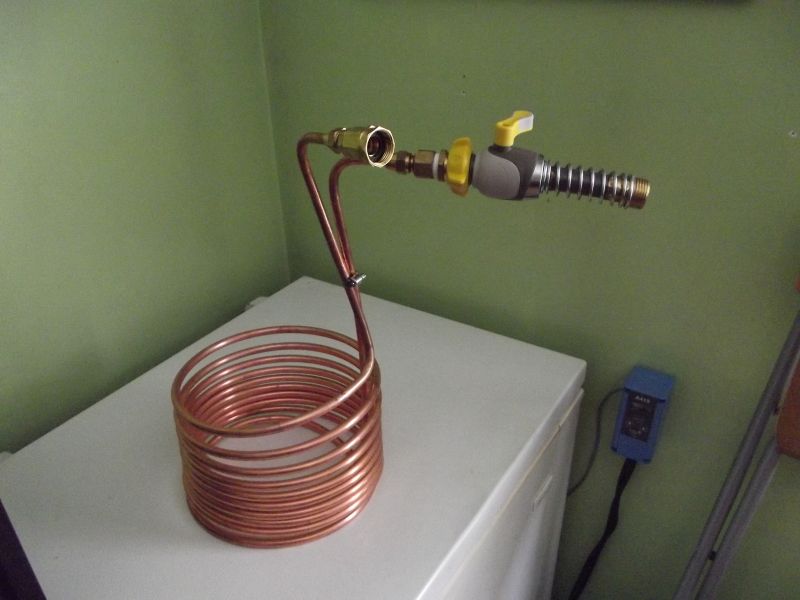talani
New Member
- Joined
- Sep 10, 2011
- Messages
- 3
- Reaction score
- 0
I bought a copper wort chiller and put it right to work last night. I noticed that my tap water is a little over 80 degrees. Does this mean I cannot chill below 80 with the wort chiller? I'm doing ales, so I think I am trying to get to low 70's.
I guess I could pack the hose in ice?
I guess I could pack the hose in ice?









![Craft A Brew - Safale BE-256 Yeast - Fermentis - Belgian Ale Dry Yeast - For Belgian & Strong Ales - Ingredients for Home Brewing - Beer Making Supplies - [3 Pack]](https://m.media-amazon.com/images/I/51bcKEwQmWL._SL500_.jpg)































